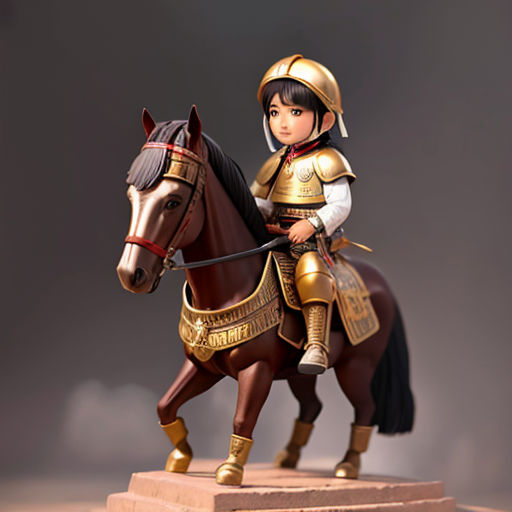
Exploring with Hernán Cortés
By Storybird

15 Jun, 2023

Once upon a time, in the early 1500s, there was an adventurous and ambitious man named Hernán Cortés. He was born in Spain and grew up dreaming of exploring the world and making a name for himself.
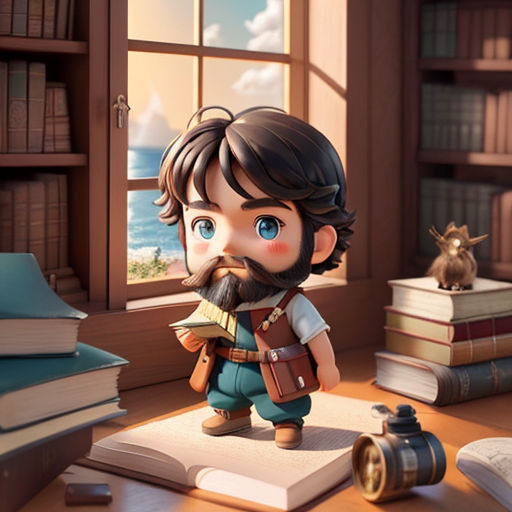
Cortés was fascinated by the stories of Christopher Columbus and other explorers who had traveled to the newly discovered lands across the ocean. He decided to follow in their footsteps and become a famous explorer himself.
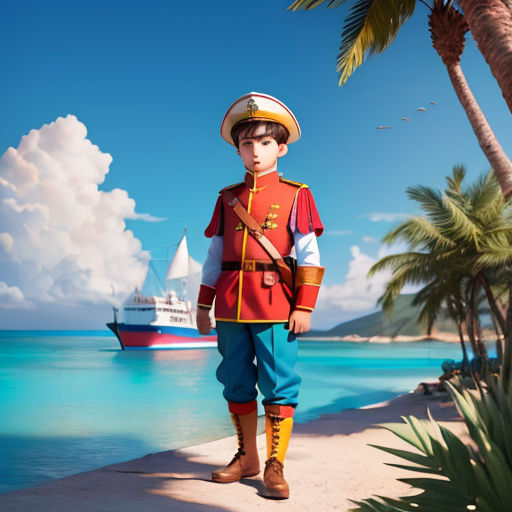
In 1504, when he was only 19 years old, Cortés left his home in Spain and sailed to the Caribbean island of Hispaniola. There, he joined the Spanish army and became a skilled soldier.
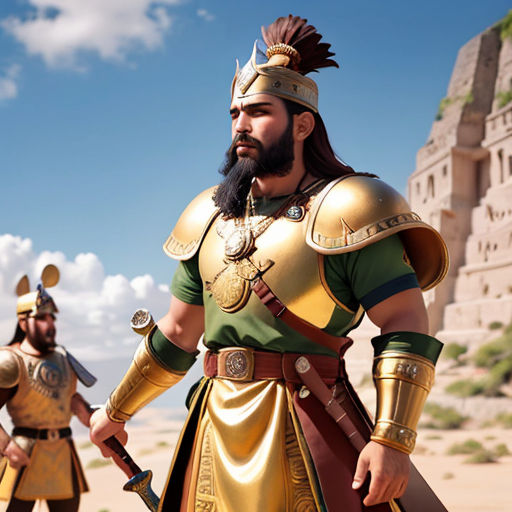
After several years in the military, Cortés was ready to begin his own journey of discovery. He heard rumors of a vast and wealthy empire in South America called the Aztec Empire. The stories of gold and treasure intrigued him, and he set out to conquer this land.
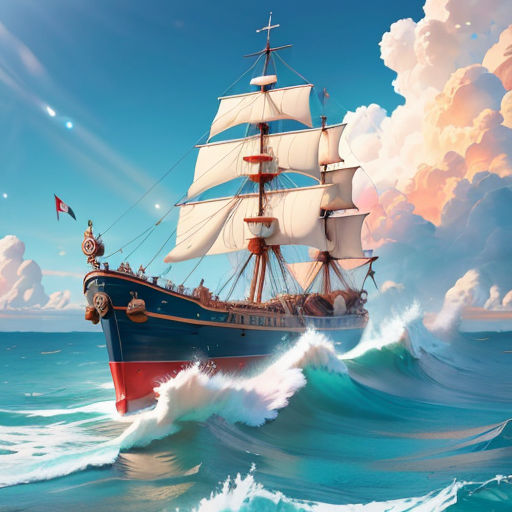
In 1519, Cortés embarked on his expedition with a fleet of eleven ships and around 600 men. They began their journey along the coast of what is now Mexico, and their quest to find the Aztec Empire began.
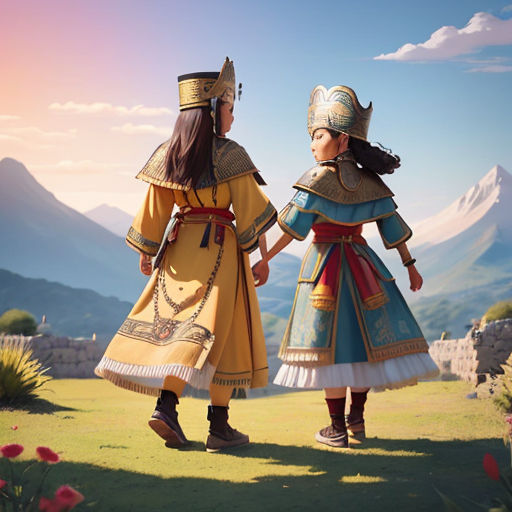
It wasn't long before Cortés and his men encountered the Aztecs' enemies, a tribe called the Tlaxcalans. Instead of fighting them, Cortés decided to make friends with the Tlaxcalans and asked for their help in his mission to conquer the Aztecs.

With the Tlaxcalans by their side, Cortés and his men continued their journey towards the Aztec capital, called Tenochtitlan. Along the way, they learned about the Aztec ruler, Moctezuma II, who was said to be a powerful and wealthy king.
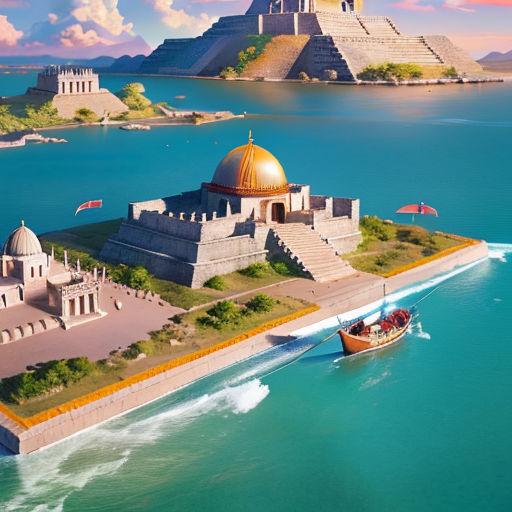
When they finally reached Tenochtitlan in November 1519, Cortés and his men were amazed by the sight of the city. It was built on an island in a lake, surrounded by towering temples and bustling marketplaces. The city seemed to shimmer with gold, just as the stories had promised.
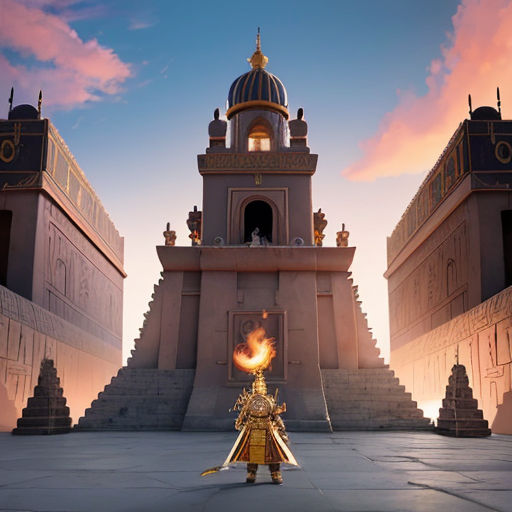
Cortés met with Moctezuma and tried to convince him to surrender his empire to the Spanish king. But Moctezuma refused, so Cortés decided to take the city by force.
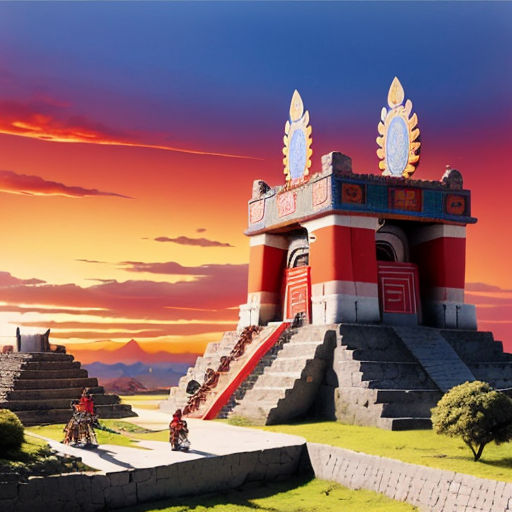
In 1520, Cortés launched a surprise attack on Tenochtitlan. His men, along with their Tlaxcalan allies, fought bravely against the Aztec warriors. There were fierce battles fought on the causeways leading to the city, and many lives were lost on both sides.
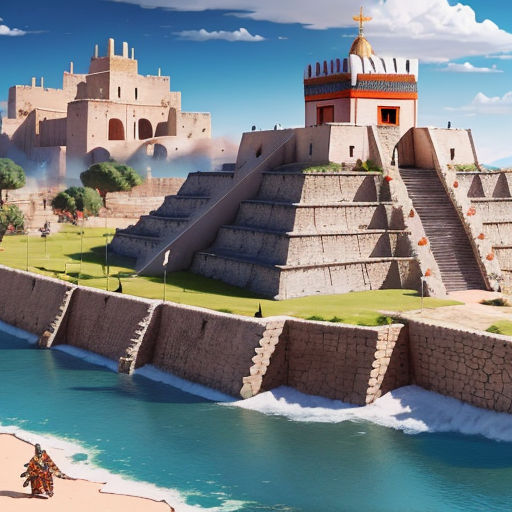
Although the Spanish had advanced weapons like guns and cannons, the Aztecs were skilled fighters and managed to hold off Cortés and his men for several months.
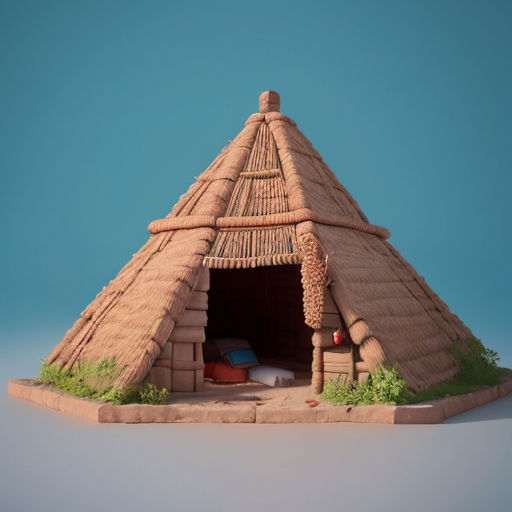
During this time, a terrible disease called smallpox began to spread among the Aztecs. Smallpox was brought to America by the Europeans, and the Aztecs had never been exposed to it before. As a result, they had no immunity, and the disease quickly turned into an epidemic.

Thousands of Aztecs died from smallpox, including their leader, Moctezuma. The loss of their king weakened the Aztec Empire, and the Spanish saw this as an opportunity to finally conquer Tenochtitlan.
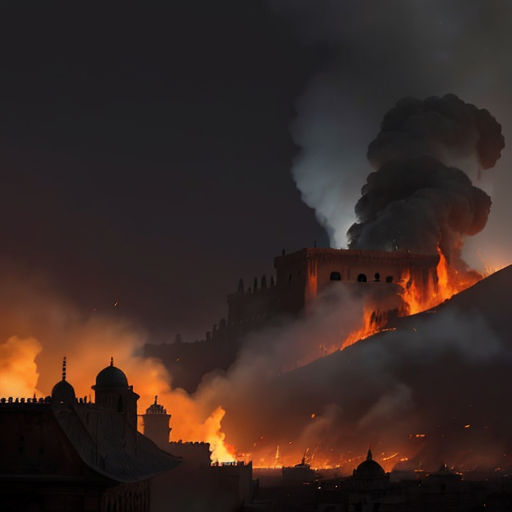
In 1521, Cortés launched a second attack on the city. By now, the Aztecs were weakened by disease and the loss of their king, and they were no match for Cortés and his men.
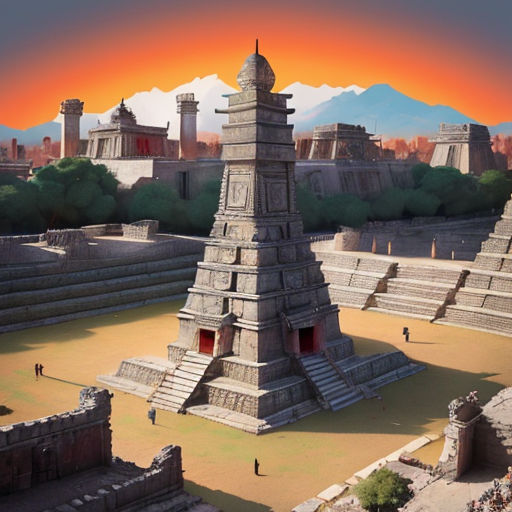
The Spanish and Tlaxcalan forces fought their way through the city, destroying temples and palaces as they went. Finally, after months of battle, they captured Tenochtitlan and declared victory.
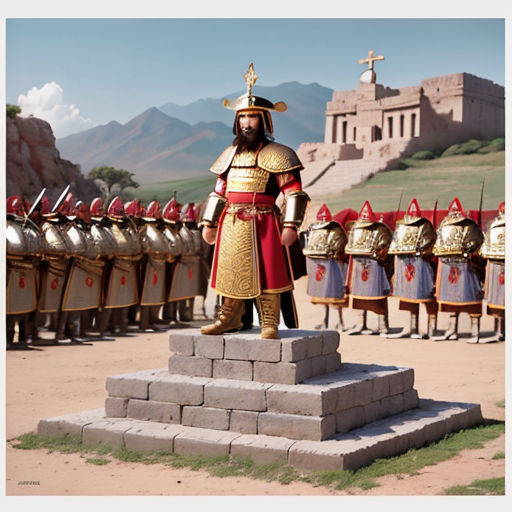
With the fall of Tenochtitlan, the powerful Aztec Empire was no more. Cortés became known as the conqueror of Mexico and gained fame and fortune for himself and Spain.
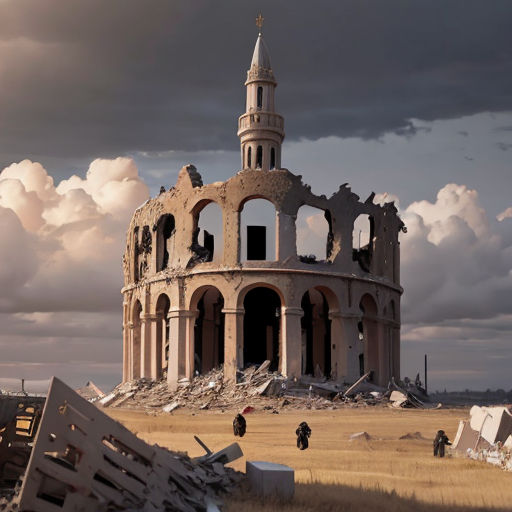
But it wasn't all good news for the Spanish. In their quest for gold, they had destroyed a great civilization and left a trail of death and suffering. Many people began to question the morality of their conquest.
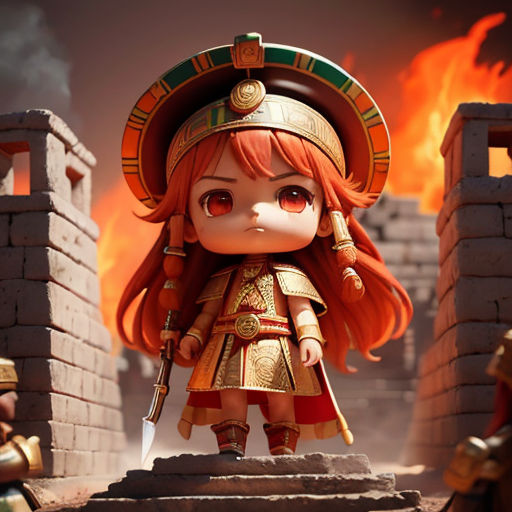
As a result of the Spanish conquest, the native people of Mexico lost not only their land and wealth but also their culture and way of life. Thousands of their precious artifacts and ancient texts were destroyed, and their history was lost forever.
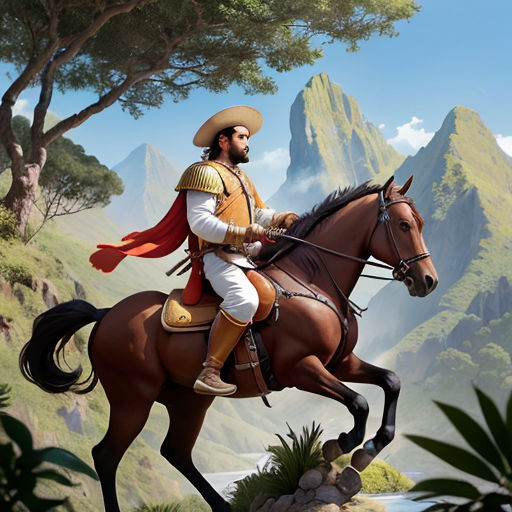
Cortés continued to explore and conquer more lands in South America until his death in 1547. His legacy is a complicated one – for some, he is seen as a brave and daring explorer who changed the course of history.
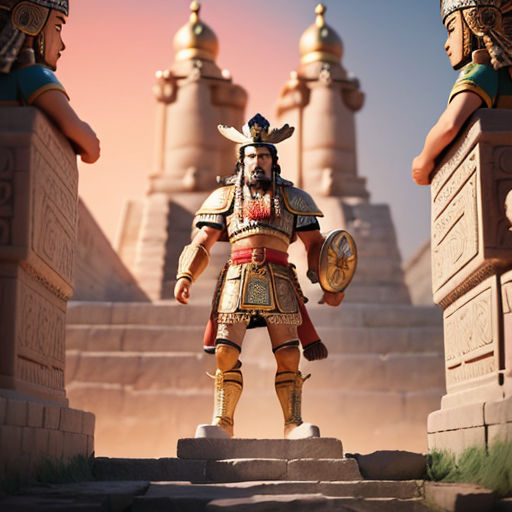
For others, he represents the dark side of human ambition and greed. Regardless of how one views him, there is no denying that the story of Hernán Cortés and his conquest of the Aztec Empire is a fascinating and important part of history.

Today, the ruins of Tenochtitlan can still be seen in modern-day Mexico City. These ancient relics are a reminder of the once-great Aztec Empire and the impact that explorers like Hernán Cortés had on the world.
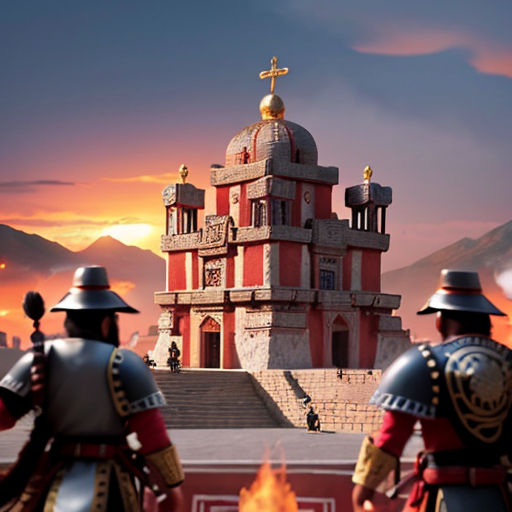
As you learn about the history of South America and the people who shaped its past, remember the lessons that can be learned from the story of Cortés and the destruction of the Aztec Empire.
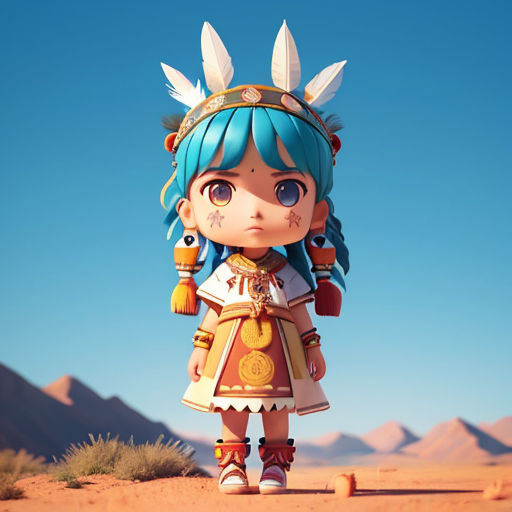
Perhaps, most importantly, we can appreciate the incredible resilience of the native people, who, despite the hardships they faced, managed to preserve their customs, languages, and the legacy of their ancestors.
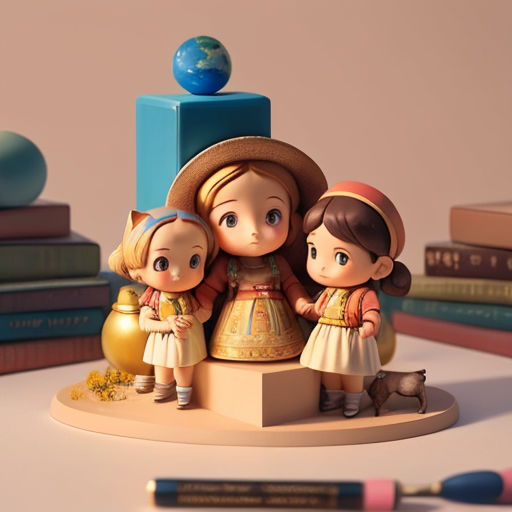
And as future generations learn about the past, may they do so with open hearts and minds, seeking to understand and appreciate the complexities of history and the incredible tapestry of human experience.
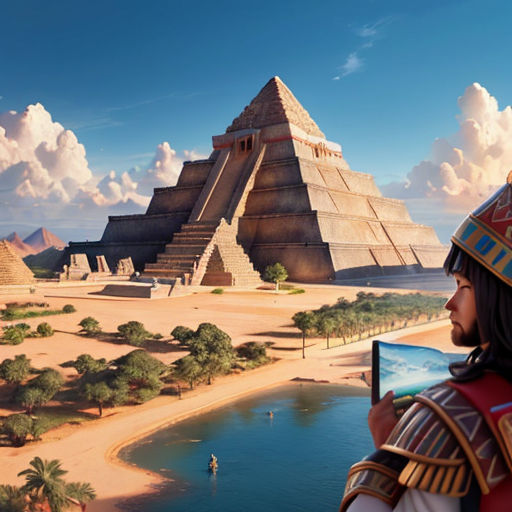
So, young explorer, as you continue to discover the world and its many wonders, remember the story of Hernán Cortés and the Aztec Empire. It will always serve as a reminder of the heights and depths of human ambition and the power we have to shape our own story.